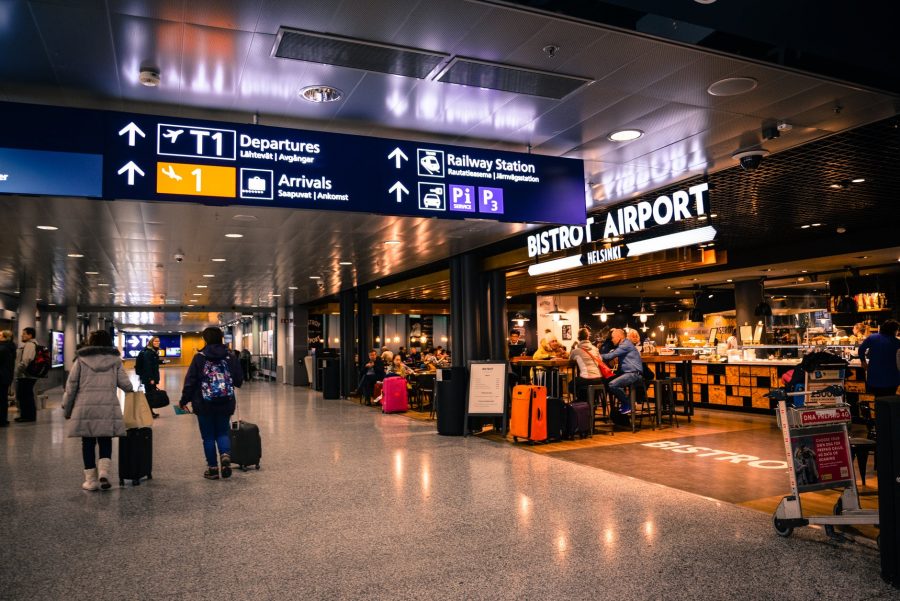4 Ways Airports Take Precautions For Transmitted Diseases

Airports are a key piece of the world’s transportation infrastructure. As crucial as they are, though, that doesn’t mean they don’t have their drawbacks. One of the biggest challenges of traveling through an airport is that you are, at any given time, in close proximity to thousands of other people.
This makes airports prime locations for the spread of communicable diseases. Understanding this, airports work hard to prevent the spread of disease. To give yourself some peace of mind, here are four ways airports take precautions for transmitted diseases.

Airports know the areas that are touched most often by travelers. Surfaces including elevator buttons and touchscreens are touched hundreds of times a day, turning these important high-touch areas into potential germ-spreading warehouses. By studying traveler behavior, though, airports can be diligent about sanitizing these surfaces to ensure that any germ accumulation is minimized.
One common symptom of many communicable diseases is fever. When someone has a fever, it also usually indicates that they are still contagious. Therefore, identifying individual travelers with possible fevers is an important part of reducing the spread of communicable diseases.
Since it would be time-consuming to take the temperature of each traveler individually, a thermal camera is often used to take the temperature of multiple people at once and find any who are potentially warmer than everyone else. These individuals can be given special attention to ensure they don’t infect other travelers.
Though washing your hands with soap and water is the best way to remove germs, hand sanitizer does a great job at the task when soap and water aren’t available. That’s why many airports add extra hand sanitizing stations during times when communicable diseases are running rampant.
By putting large bottles of sanitizer in convenient and easy-to-spot locations, travelers are more likely to sanitize their hands after coughing or touching a hard surface.
Perhaps one of the germiest areas in an airport is the security screening station. Throughout the day, people place their personal belongings in bins that must then be quickly reused to keep the line moving.
Thus, these bins can be teeming with all kinds of germs that could spread various communicable diseases. Newer bins, however, are being made from materials that actively kill germs without any external action. This helps keep this busy area clean and safe as passengers rush to their gates.
To stay on top of the spread of communicable diseases, airports are constantly planning and making changes to their existing emergency responses. As they learn of new threats, they also come up with new responses to these threats to ensure the passengers who utilize the airport leave just as healthy as they arrived.
Thus, passengers can have confidence that as long as they’re using common sense, they will likely be totally safe from germs when they travel through an airport.
